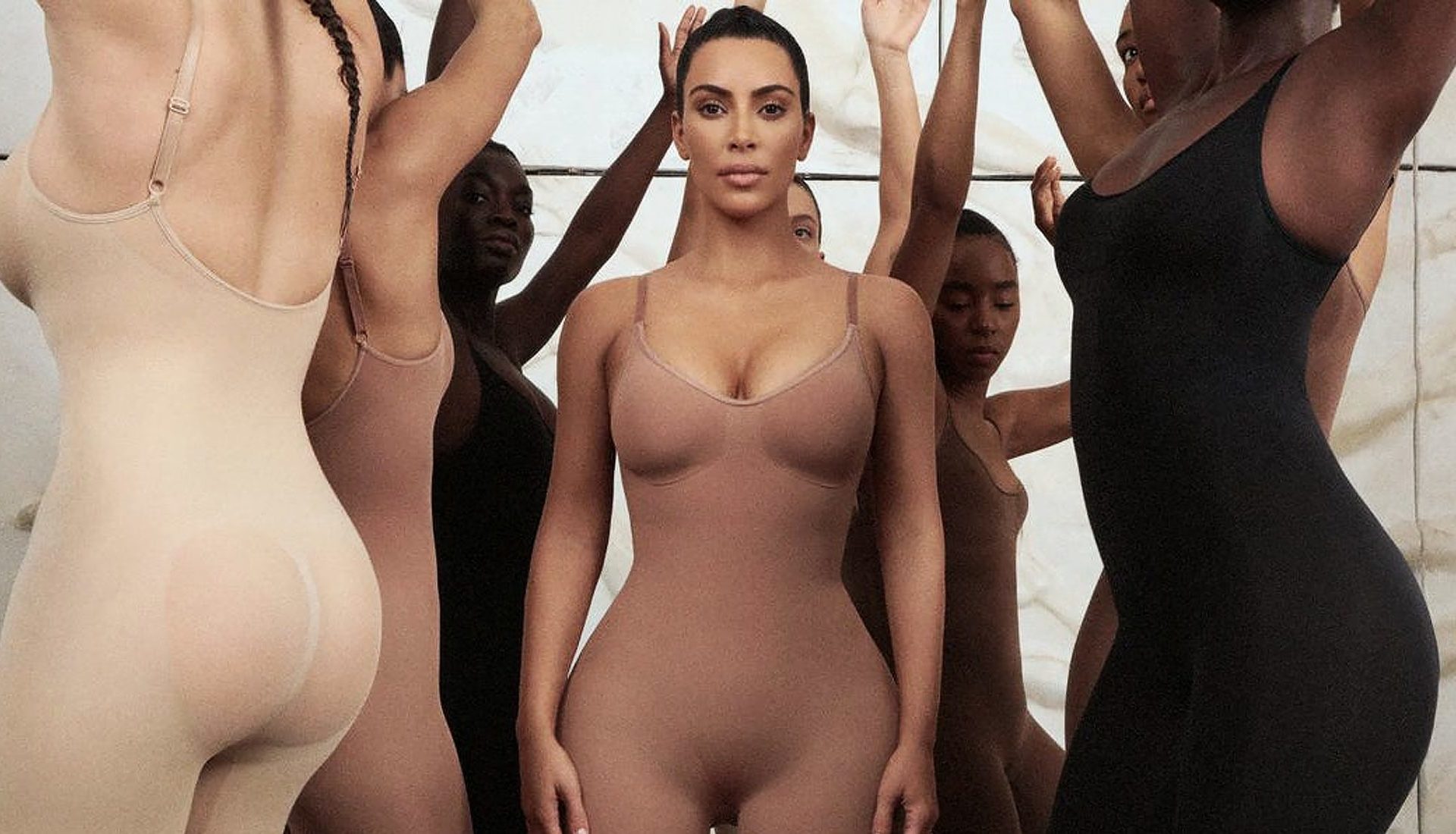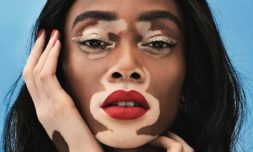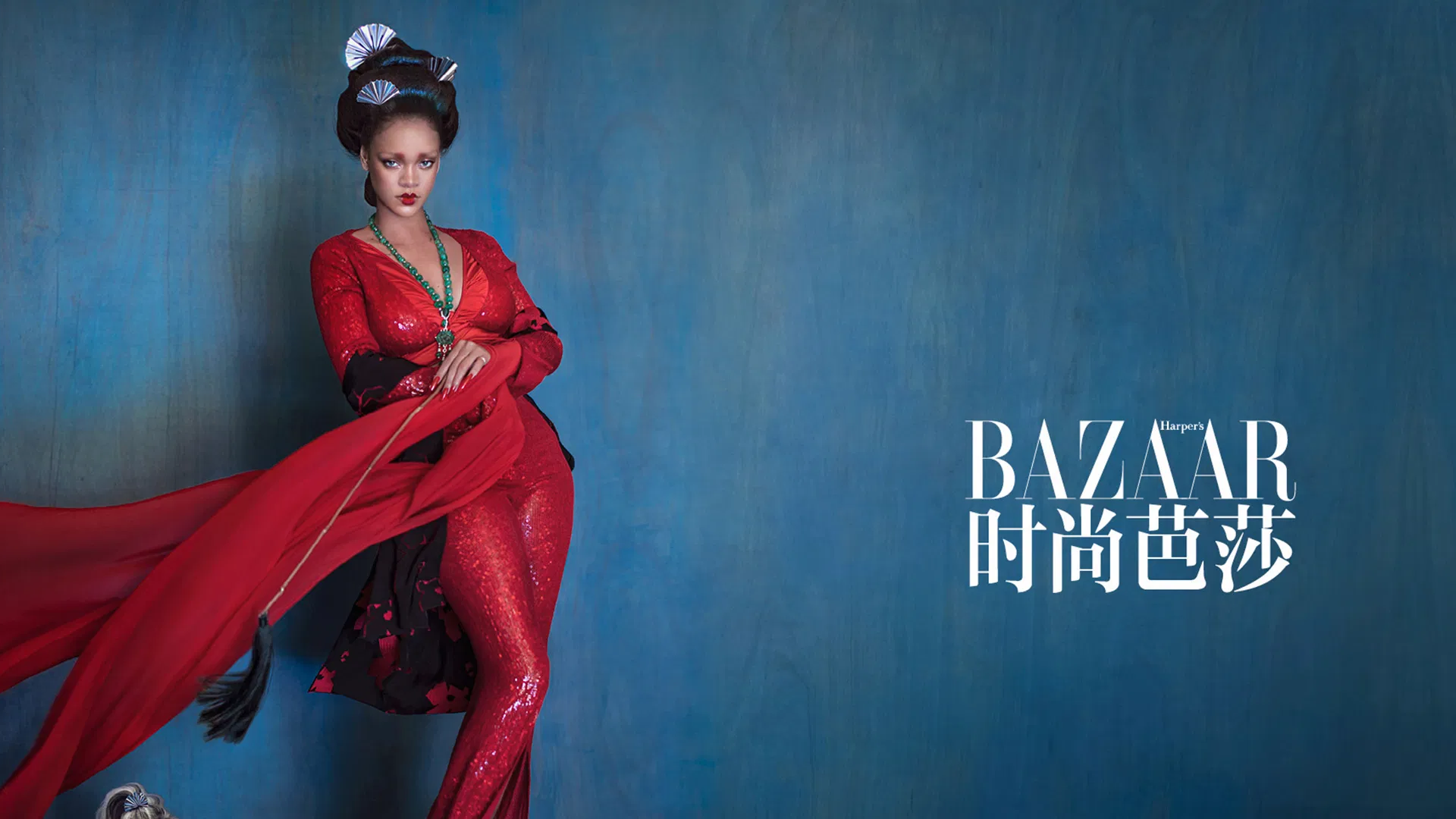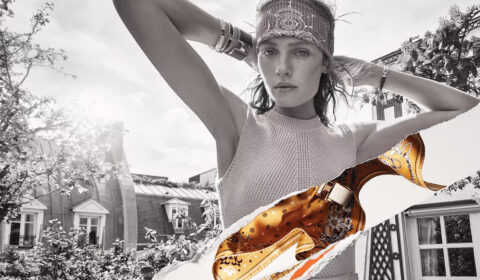The reality TV star has yet again been accused of cultural appropriation, this time for naming her upcoming shapewear line ‘Kimono.’
Kim Kardashian has announced her decision to change the name of her shapewear line after receiving a great deal of backlash for originally branding it ‘Kimono.’
‘You would think we would have obviously thought it through a little bit deeper. I obviously had really innocent intentions. But, let’s listen. I want to really listen,’ she said in response.
Drawing inspiration from the traditional Japanese robe (and of course with a desire to use the word ‘Kim’ in mind) Kardashian has generated heavy criticism for appropriating Asian culture, which leads us to question: appropriation or appreciation, where do we draw the line?
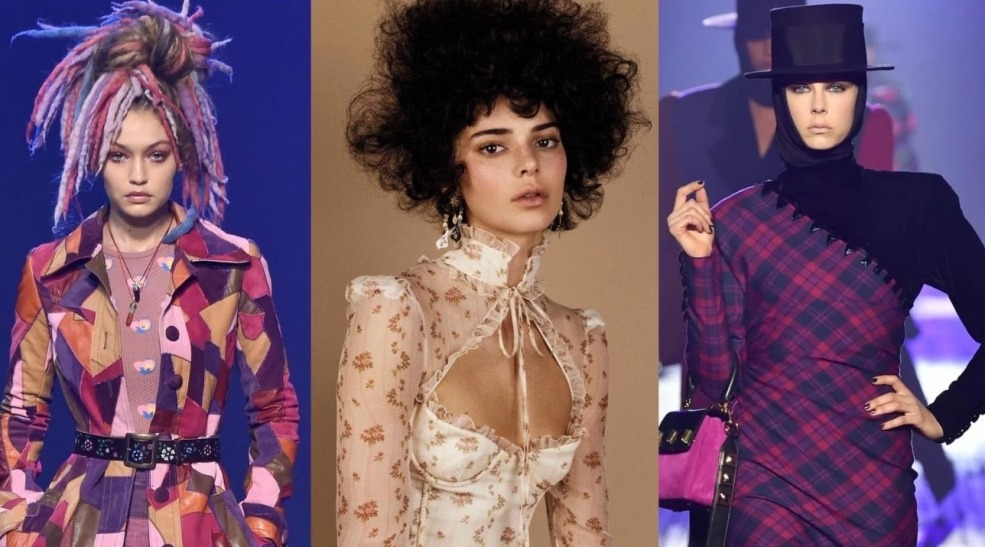
Whether it’s at a festival, in an Instagram post or as part of a music video, it seems that high profile celebrities are continuously found guilty of using other cultures for personal gain.
Ariana Grande, Katy Perry, Selena Gomez, Karlie Kloss, Rihanna, Beyoncé – the list goes on.
It has become an increasingly hot topic with social media platforms in constant uproar over the matter, but are we able to objectively define the boundary between blindly appropriating a culture and showing our appreciation? It’s a lot harder than you might think.
Cultural appropriation is defined as ‘the unacknowledged or inappropriate adoption of elements from another’s culture; it’s an act defined by a lack of respect for other people’s customs, practices, and traditions, typically by the more dominant people of society.’
This is clearly an issue; however, creativity relies on inspiration. It is the key concept behind our creative process, alongside sampling and borrowing. Fashion designers, artists and musicians have always used the world around them for ideas and inspiration, with the artistic process revered as a sacred thing defying criticism. But lately, this artistic freedom appears to have been causing more harm than good.
Ariana Grande
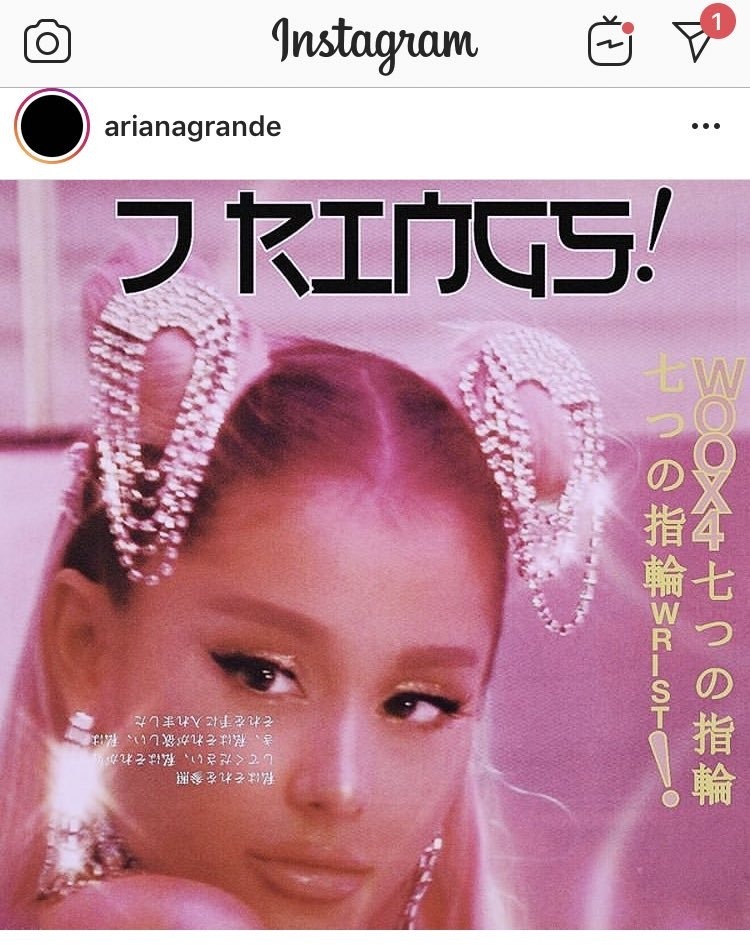
Throughout her promotion for ‘Thank U, Next,’ the singer released an assortment of merchandise featuring various Japanese phrases that garnered a very negative reaction from her fans.
Grande even went as far as getting a tattoo on her palm which was supposed to read ‘7 Rings’ in Japanese, but unfortunately ended up translating to ‘BBQ Grill’ because the characters were incorrect.
‘I’ve supported Ariana in the past, but between her continual use of Japanese culture as an accessory in this part of her career, I’m wary of supporting her now,’ said one twitter user.
‘There is a difference between appropriation and appreciation,’ replied Grande. ‘It was done out of love… my Japanese fans are always excited when I write in Japanese or wear Japanese sayings on my clothing.’
This isn’t the first time Ari’s been called out for cultural appropriation. In December she was accused of speaking with a ‘blaccent’ and just this week following the publication of her first-ever Vogue cover, Grande has come under fire for her ‘noticeably darker skin’ which some are referring to as ‘brownface.’
‘We’re at a time in music where all of these lines are being blurred,’ said Tayla Parx, a close friend of Grande’s. But when does paying tribute cross the line into something unacceptable?
Rihanna
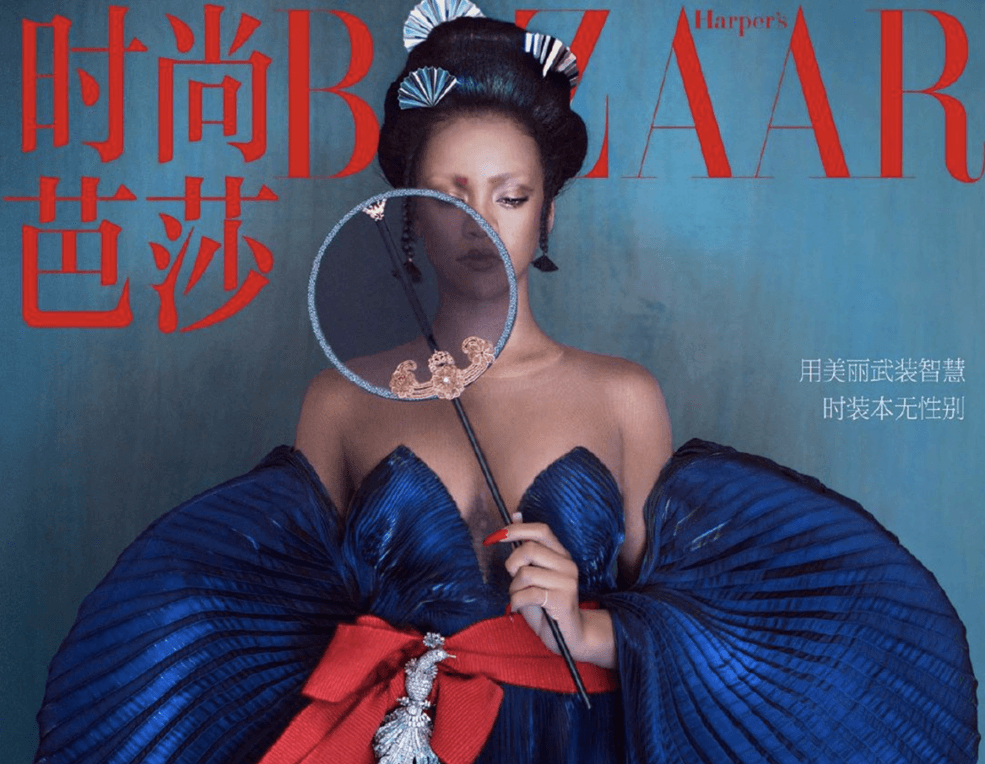
Sparking racially charged conversations around the globe in 2012 with her appearance in Coldplay’s Princess of China music video, Rihanna could be seen wearing a variety of different outfits stereotyping Chinese culture.
The main concern that arose was the merging of styles, particularly with Indian, which led people to ask: ‘are these places really all the same to Western viewers?’
More recently, on Tuesday in fact, the cover of August 2019’s Harper’s Bazaar China was unveiled, showing Rihanna dressed head to toe in traditional Chinese garments with elaborate hair, makeup and props.









